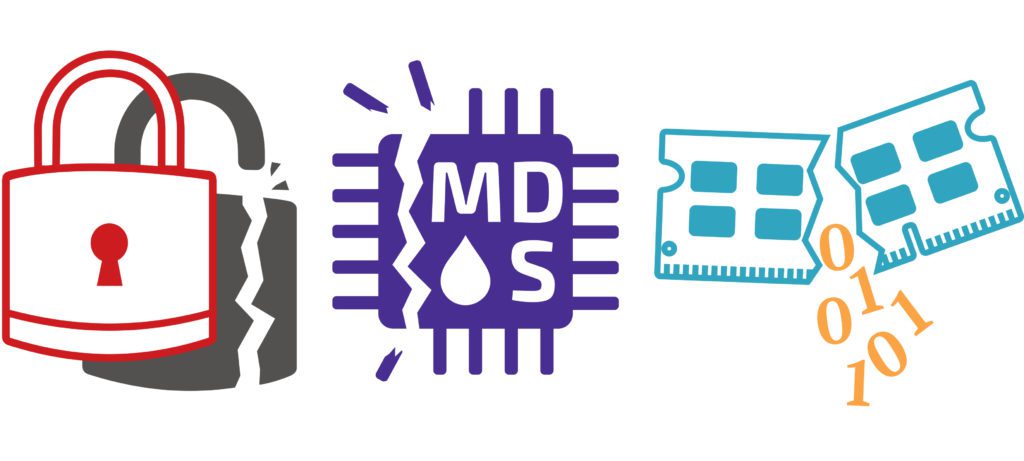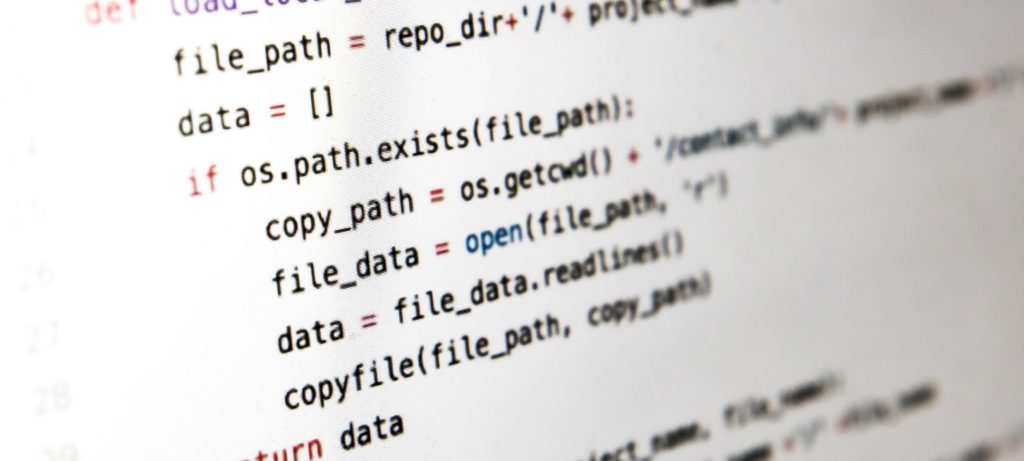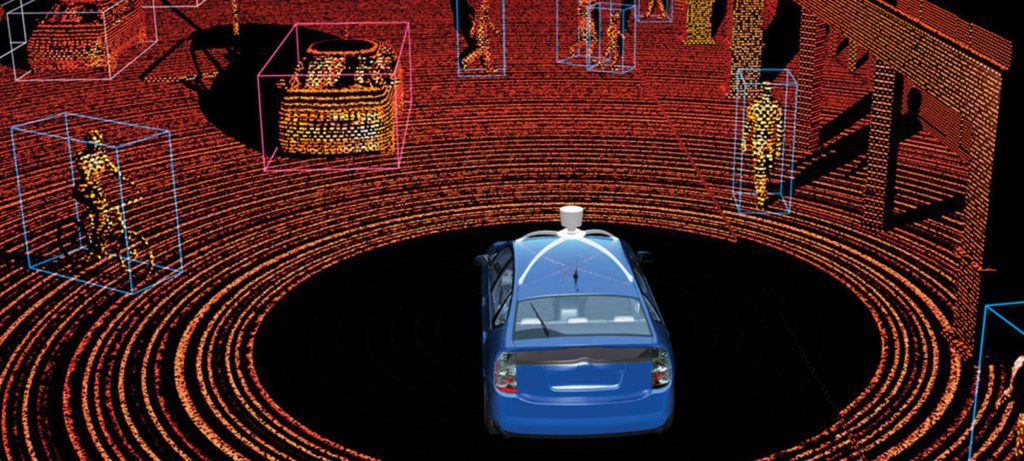The new system is designed to save security researchers time and effort spent reverse-engineering the message format of every vehicle they study.


The new system is designed to save security researchers time and effort spent reverse-engineering the message format of every vehicle they study.

Technology pioneered by Michigan researchers can circumvent many effective website blocking tools

The goal of the symposium is to facilitate conversations between AI practitioners from Michigan and beyond.

All three of these attacks put users’ privacy at risk, exploiting new routes to sensitive data.

Researchers designed three new systems to speed up code at several key bottlenecks.

Nominees were selected based on their career accomplishments, impact in their field, and contributions to their community.
Researchers plan to establish a framework for a national institute that would enable research using sensitive data, while preventing misuse and misinterpretation.

The team’s new tool will combine of software and data to make gathering structured data dramatically easier.
The researchers demonstrated that an adversary could remotely manipulate the temperature sensor measurements without tampering with the targeted system or triggering automatic temperature alarms.

Up to this point, no attacks had been discovered targeting a car’s LiDAR system—but a major new finding from researchers at the University of Michigan has demonstrated what that might look like.